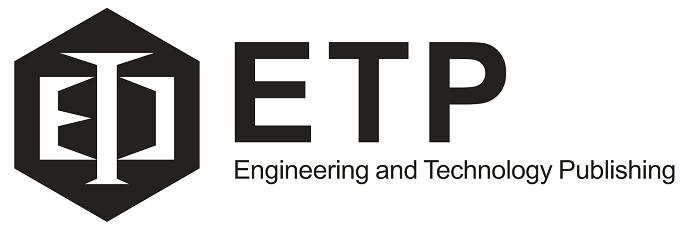IJPMBS 2025 Vol.14(4): 115-119
doi: 10.18178/ijpmbs.14.4.115-119
doi: 10.18178/ijpmbs.14.4.115-119
TSHA: Triple-Stream Hierarchical Attention for Deformable Image Registration
Naeem Hussain 1,2,
Zhiyue Yan 1,2, and
Wenming Cao 1,2,*
1.
College of Electronics and Information Engineering, Shenzhen University, Shenzhen, China
2. Guangdong Key Laboratory of Intelligent Information Processing, Shenzhen University, Shenzhen, China
Email: 2151432011@email.szu.edu.cn (N.H.); 2150432014@email.szu.edu.cn (Z.Y.); wmcao@szu.edu.cn (W.G.)
*Corresponding author
2. Guangdong Key Laboratory of Intelligent Information Processing, Shenzhen University, Shenzhen, China
Email: 2151432011@email.szu.edu.cn (N.H.); 2150432014@email.szu.edu.cn (Z.Y.); wmcao@szu.edu.cn (W.G.)
*Corresponding author
Manuscript received February 19, 2025; accepted April 14, 2025; published October 24, 2025.
Abstract—Deformable Medical Image Registration (DMIR) is an important tool in medical imaging because it aligns images from several modalities or periods, resulting in a more accurate diagnosis and treatment planning. Single- and double-stream architectures frequently struggle with the challenges of patient organ movements and artifacts from numerous scanning devices. The study presents a transformer-based triple-stream network that uses hierarchical dual-attention techniques to enhance the relationships between moving-fixed and augmented moving-fixed images. We produced two different deformation fields: one with moving and fixed images and the other with augmented moving and fixed images using multi-scale deformation. To improve the overall registration accuracy, we used advanced motion-correction techniques to combine these fields to create the final deformation field. The effectiveness of the proposed model was validated using three benchmark datasets: OASIS, LPBA40, and Learn2Reg (Lung CT). The results show that our technique consistently outperforms learning-based methods, with outstanding results for both single and cross-modalities in medical image registration.
Keywords—deformable image registration, transformer, multi-scale deformation, attention mechanism, unsupervised learning
Copyright © 2025 by the authors. This is an open access article distributed under the Creative Commons Attribution License which permits unrestricted use, distribution, and reproduction in any medium, provided the original work is properly cited (CC BY 4.0).
Cite: Naeem Hussain, Zhiyue Yan, and Wenming Cao, "TSHA: Triple-Stream Hierarchical Attention for Deformable Image Registration," International Journal of Pharma Medicine and Biological Sciences, Vol. 14, No. 4, pp. 115-119, 2025.
Copyright © 2025 by the authors. This is an open access article distributed under the Creative Commons Attribution License which permits unrestricted use, distribution, and reproduction in any medium, provided the original work is properly cited (CC BY 4.0).
